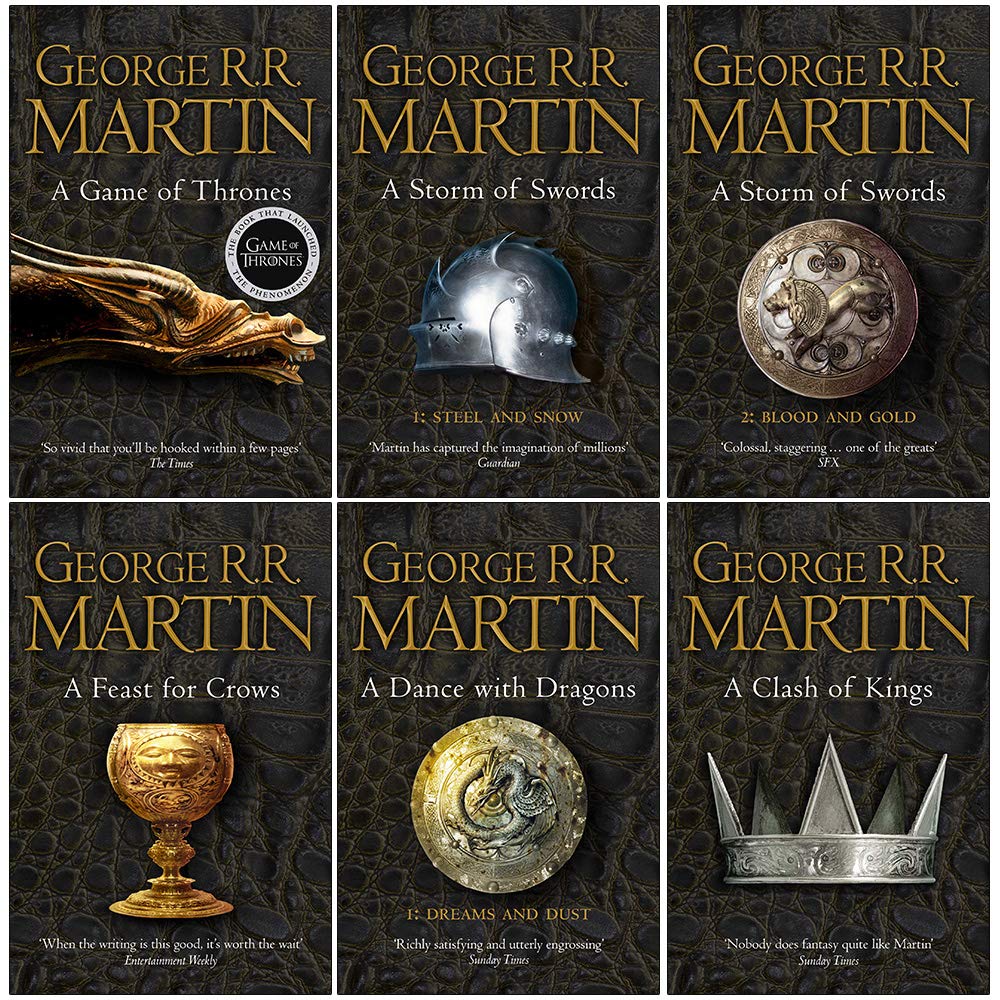The Real-World Inspirations Behind George R.R. Martin’s A Song of Ice and Fire Series
Drawing Parallels to Medieval England and Beyond
Martin drew inspiration from many historical events, periods, and religions to help shape his immersive world of Westeros. The basic outline of Westeros itself bears striking resemblance to medieval England and Ireland. The massive defensive wall separating the northern kingdom from wildling tribes beyond mirrors Hadrian’s Wall, which protected the Roman Empire. Furthermore, the dynastic conflict between noble houses Stark and Lannister resembles the Wars of the Roses between York and Lancaster in 15th century England.

Turning Tides Like Henry Tudor and Daenerys Targaryen
Some individuals also find counterparts. Exiled Daenerys Targaryen spends her early chapters cultivating power and allies across the “Narrow Sea” like Henry Tudor of Wales, who later conquered England from exile. Both overcame long odds to reclaim their dynastic birthrights through military force and politically savvy marriages. Meanwhile, Theon Greyjoy’s shifting allegiances mirror those of George Plantagenet, brother to King Edward IV who betrayed his family during the Wars of the Roses.
Terrifying Tyrants Take True Form
The most despised rulers also take after real-world tyrants. Sadistic King Joffrey apparently drew from young King Edward of Westminster, rumored illegitimate son of Henry VI who reveled in beheadings. Both met early deaths during civil wars. Stannis Baratheon’s tactical use of wildfire to destroy enemy fleets at the Battle of Blackwater Bay parallels the Greek fire weapon famously deployed by Byzantium against invaders. While fictional, such ties hint at true horrors people have faced under oppressive leadership.
Ancient Faiths Find New Life in Westeros
Westeros’ foremost religions also emerge from our past. The dominant faith of the Lord of Light and its red priesthood show clear ties to Zoroastrianism, one of humanity’s earliest monotheistic faiths centered around fire. Like Zoroastrian fire temples, followers of R’hllor pray and work magic near holy flames. Likewise, the freezing legends of the Others spring from Irish mythological texts describing invasions by the Aos Sí or Sidhe—supernatural beings akin to faeries or elves. Martin grounded fantastical aspects in our deepest roots.
Devious Schemers Mimic Historical Tricksters
In the labyrinthine worlds of power politics, even minor players find models. Cunning Petyr “Littlefinger” Baelish seems destined to follow the trajectory of Oliver Cromwell—a once-minor noble who clawed his way to ultimate authority. Both leveraged sharp wits, flexible loyalties, and opportunism to amass influence far exceeding their station. Less directly, Martin’s depiction of courtly intrigue probably drew on Machiavelli’s 16th century guide for leaders, The Prince. Such worksoffer vignettes of how low births could undermine high births through deception and violence.
Infamous Betrayals Echo Past Massacres
No event better encapsulates Martin’s fusion of visceral storytelling with historical darkness than The Red Wedding. The atrocity combines elements of the Black Dinner, where a Scottish lord was promised safe conduct before his execution at a feast, and the Glencoe Massacre in which Highland clansmen guests were murdered in their sleep. Further parallels exist in the Japanese Kojiki’s account of Emperor Jimmu’s consolidation of power through invited rivals’ assassination. By weaving multifaceted truths into fantastical fiction, Martin imbued his series with authentic menace that still shocks many readers today.
Deeper Insights Reveal Truly “Game of Thrones”
Martin’s incorporation of so many actual historical figures, events, and ideologies into his fictional world adds multidimensional depth most works of fantasy lack. Readers can gain new perspectives recognizing how cycles of tyranny, betrayal, and conflict have played out across cultures and eras. Seeing reflections of past terrors confronting humans everywhere renders Westeros’ trials feel soul-shakily human. Even magic and myth emerge from our shared human experiences and belief systems over millennia. Ultimately, Martin transforms fantasy into a true “Game of Thrones” by grounding imagined kingdoms in the deeper truths of our real world’s political and religious struggles.
The Enduring Legacy of Interwoven History and Fiction
Two decades after publishing the first A Song of Ice and Fire novel, Martin’s series remains uniquely rich in its blending of history and storytelling. By grafting Westeros onto the body of humanity’s shared past, he crafted a universe full of accurate yet shocking betrayals, despots and battles that feel both foreign yet familiar. His nuanced weaving of actual historical references makes the series accessible yet deeply layered for both casual and scholar readers alike. It is this deft interweaving of truth and imagination that helps explain why the books, and their television adaptation Game of Thrones, have endured as touchstones of modern fantasy. By honouring the past, Martin built a fictional world that has spoken to millions about universal human experiences of power, faith, and the endless intrigues of war for the throne.
Exploring Deeper Connections for New Insights
While Martin incorporated countless actual historical insights, researchers continue unraveling deeper connections between his imagined world and facts. Certain parallels to medieval Japanese texts like the Kojiki have been discovered since the books publish. Scholars also debate how Martin treated certain religions like Zoroastrianism and political philosophies like those expressed in The Prince. As fans theorize endlessly online, academics peel back additional layers between Westeros and realms like 15th century England. Martin’s oeuvre will surely inspire interpretation and scholarship for generations to come. His fusion of history and fantasy ensures A Song of Ice and Fire will remain an influential work that both entertains and illuminates humanity’s eternally “Game of Thrones” nature.
